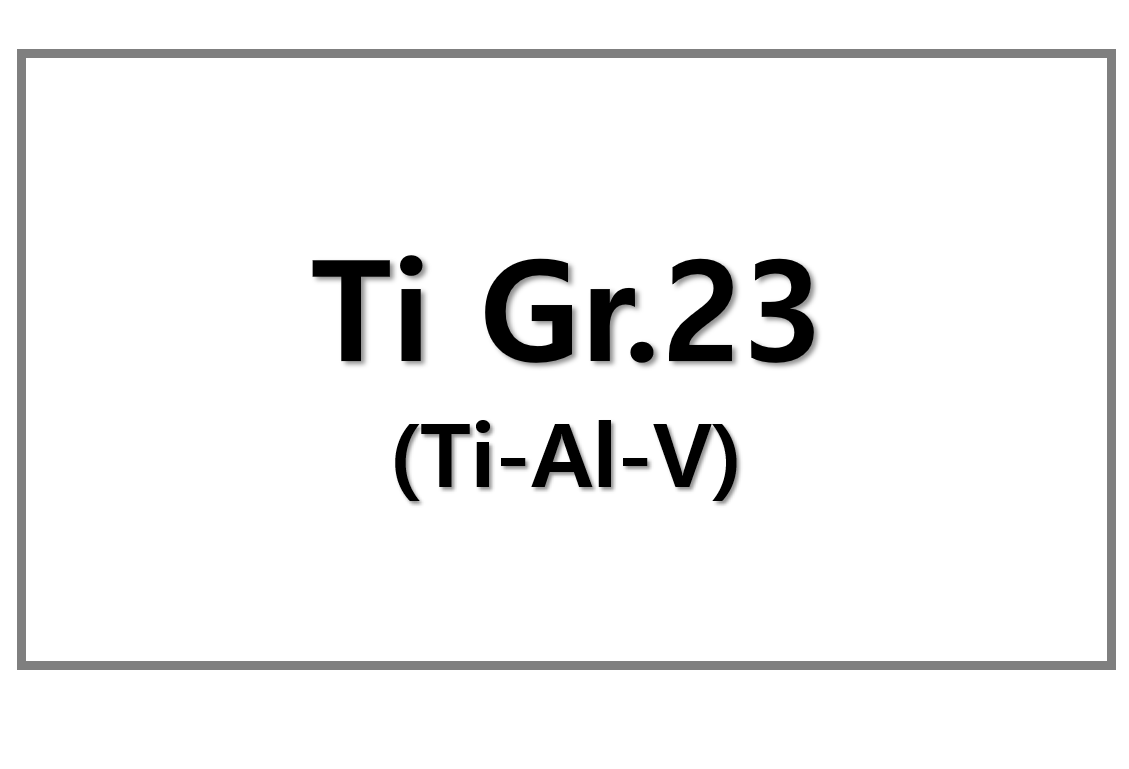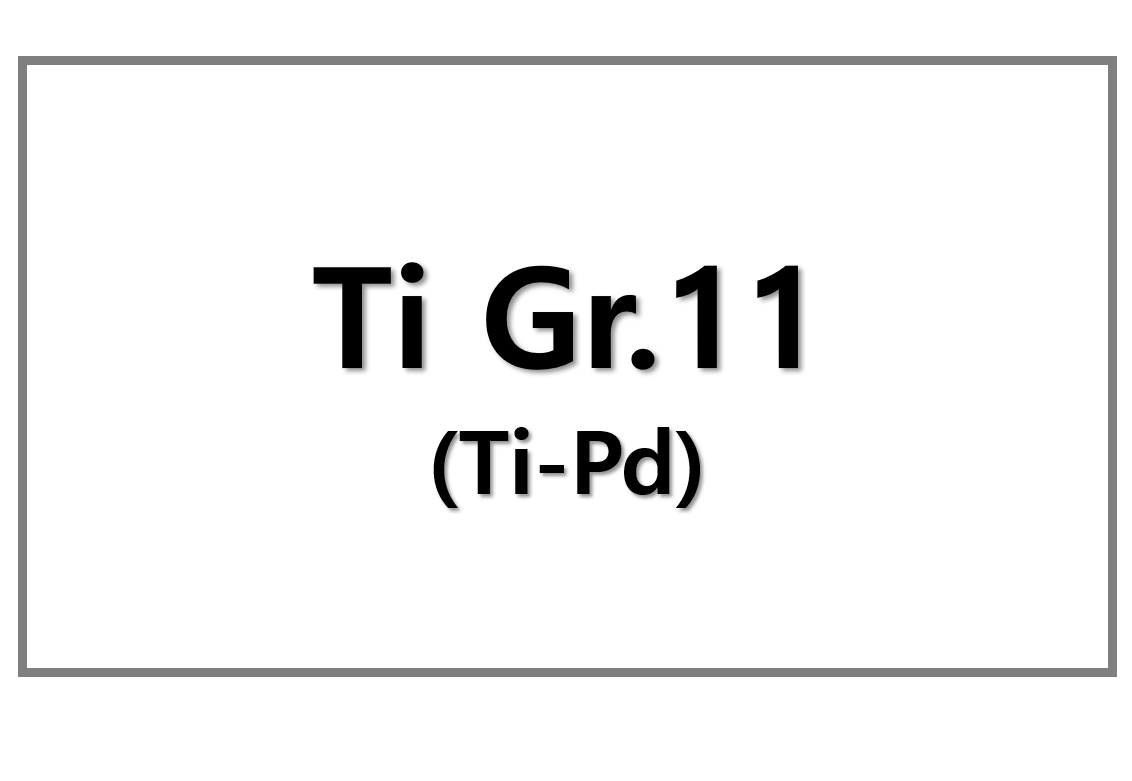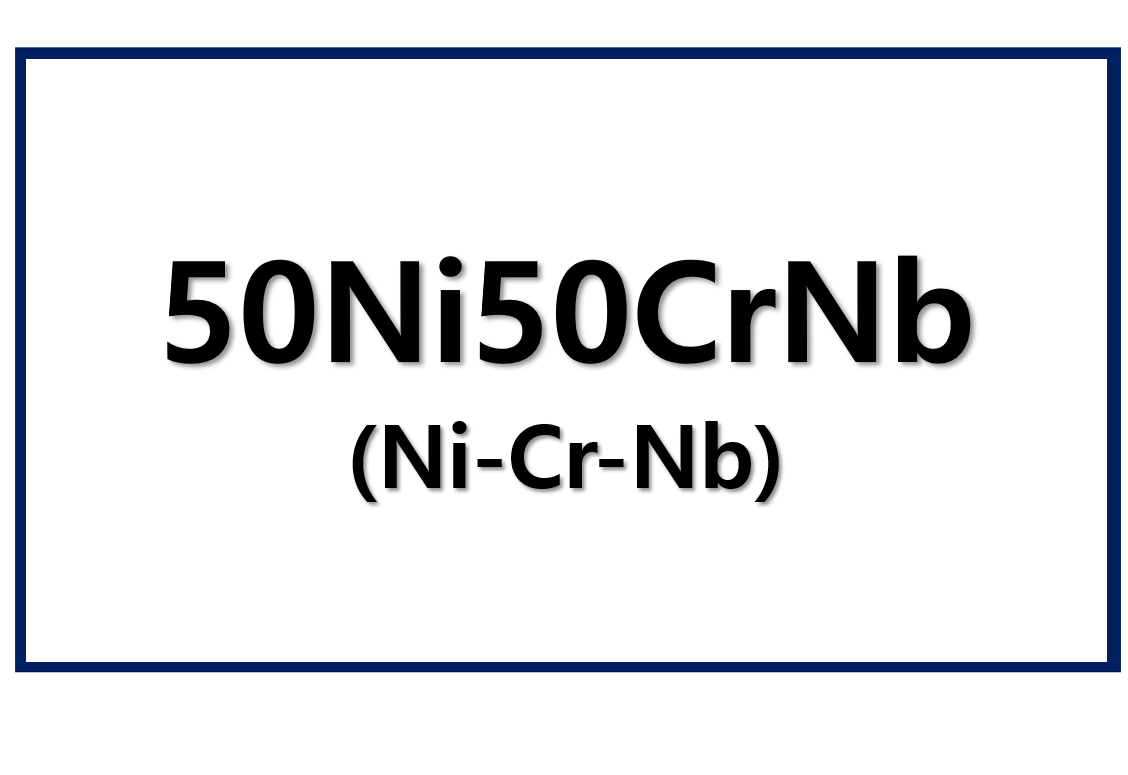
The price of CO2 emission permits in the European Union (EU) rebounded at the end of April. From April 9 to 23, the cost of European CO2 emission allowances (EUAs) rose from €60.8/t to €66.9/t. This increase was €6.1 per tonne. It followed a low price recorded at the start of the month.
The Influence of Gas Prices on EU Carbon Emissions
The drop in CO2 emission prices in early April coincided with a decline in natural gas prices. From April 1 to 23, spot gas prices on the TTF exchange fell from €446/1000 m3 to €358/1000 m3. This was due to the end of the heating season in the EU.
In 2024, greenhouse gas emissions in the EU decreased by 5%. This was driven by an 8% increase in electricity production from renewable sources and a 5% increase in nuclear energy. Emissions from coal-fired plants decreased by 15%. Emissions from gas-fired plants fell by 8%. However, emissions in the industrial sector remained stable. The cement industry reduced emissions by 5%, while the chemical industry increased emissions by 7% due to higher fertilizer production.
Steel Industry Impact on Emission Levels
The European steel industry also contributed to the overall reduction in emissions. Steel production in the EU decreased by 2.5% year-on-year in the first quarter of 2024. Total steel production reached 32.4 million tons. However, production stopped declining in March, with a 0.2% increase compared to the previous year, totaling 11.7 million tons.
CO2 Price Movements in the UK and Global Trends
In the UK, CO2 emission futures on the London ICE exchange also rose in April. Prices increased from £45.9/t to £48.2/t by April 23. Like in the EU ETS, the lowest price of £41.2/t was recorded on April 9. This price rise could be due to an increase in demand from coal-fired power plants, which generate over 5% of the UK’s electricity.
In March 2025, China’s steel mills saw a 9.7% increase in emissions year-on-year. However, emissions of sulfur dioxide, particulate matter, and nitrogen oxides decreased by 13.1%, 5.5%, and 16%, respectively.











Leave a Reply
You must be logged in to post a comment.